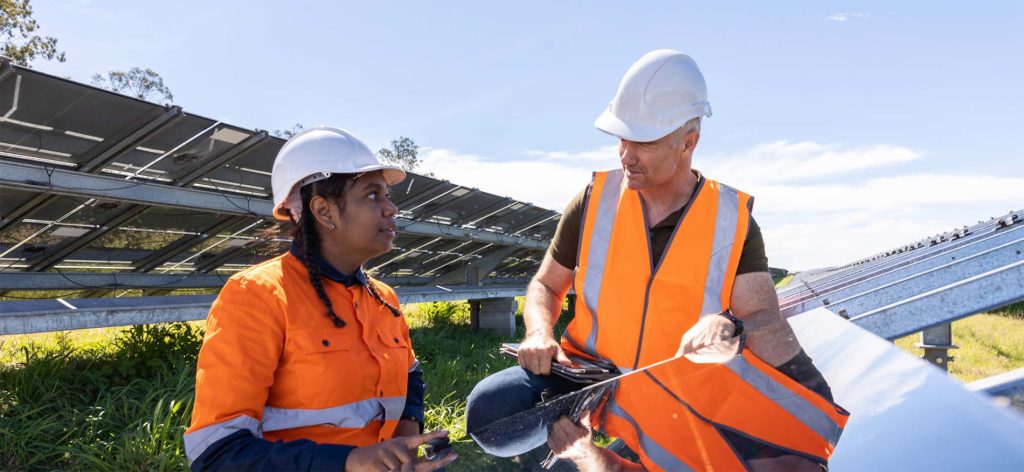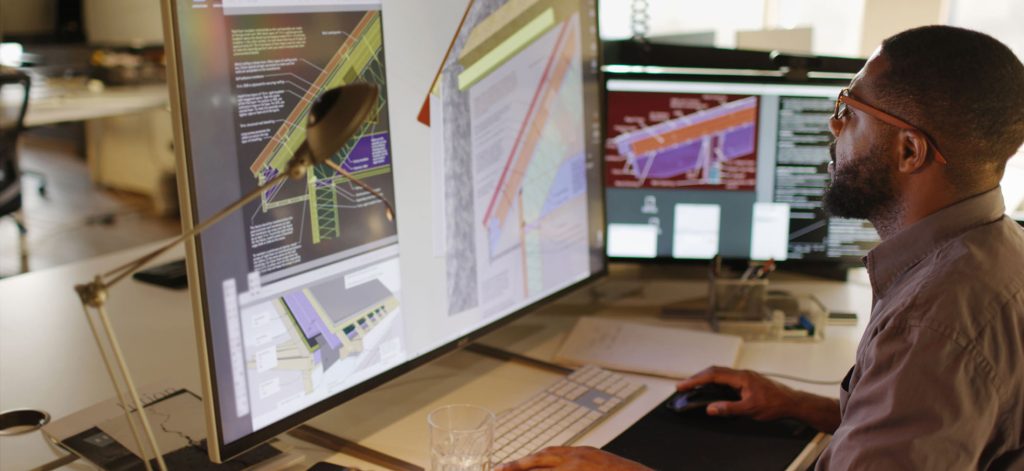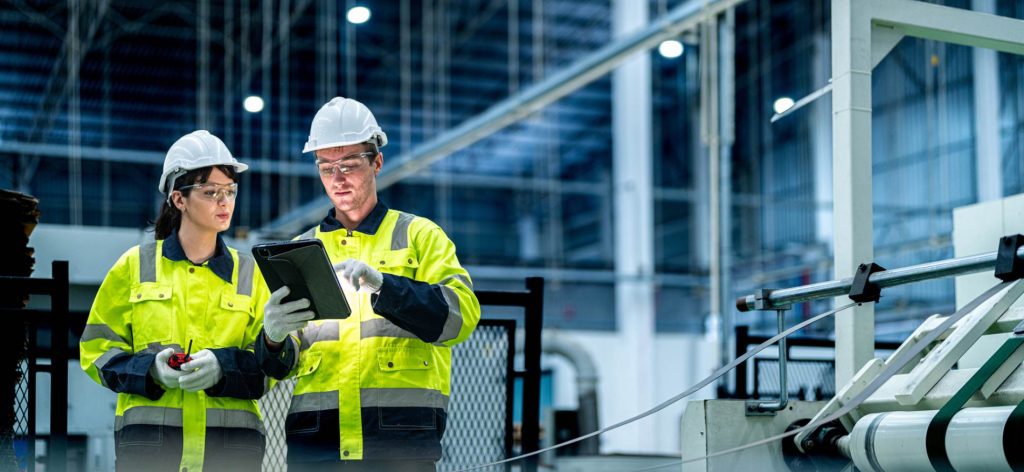Infrastructure’s labour market and how to navigate it to win top talent
Demands for infrastructure labour is expected to be 48% higher than supply and there’s more than one reason why. After an economic downturn, the government typically invests in infrastructure as a strategy to drive economic growth. Although, with annual infrastructure spending forecasted to hit $52 billon by 2023, this unprecedented sum comes with unexpected effects…
Demands for infrastructure labour is expected to be 48% higher than supply and there’s more than one reason why.
After an economic downturn, the government typically invests in infrastructure as a strategy to drive economic growth. Although, with annual infrastructure spending forecasted to hit $52 billon by 2023, this unprecedented sum comes with unexpected effects on plant, skills, labour, and materials.
No matter the concern, taking a deeper dive can help businesses understand and better navigate any challenges they run into over the next five years.
The unemployment rate in Australia is currently 4.2% and expected to drop below 4%. Infrastructure Australia, the country’s independent infrastructure advisor, stated in a recent report that the demand for skills is 48% higher than supply.
The struggle for businesses to find talent will grow significantly as:
- Major projects across the country occur simultaneously,
- 40% of the skilled public infrastructure workforce retires,
- Skilled migration remains slow, and
- Other industries and departments fight over the same skills and talent.
A surge in projects occurring at the same time
Historically, one region, for example Victoria, may see three to four projects running at the same time and contractors who have recently completed a project will simply jump to the next. It’s fair to say that businesses didn’t feel the need to ramp up their attraction strategy where the attraction was simply for candidates to go where the work was.
Currently, multiple major projects are running at the same time and the fight for talent gets more complicated. Hiring someone who has recently finished with another business is no longer a viable approach to sourcing labour.
With so many projects concurrently underway, we’ve seen candidate demands change. Here are the trends:
- Job seekers have more work to choose from and are opting for work that is closer to home. Historically, candidates have had no choice but to travel long distances for whatever project was happening at any given time
- Candidates expect a salary increase every time they find new employment. Businesses who fall for this can find themselves easily going over their budget
How to attract candidates amid new demands
It’s not always possible to provide a salary increase to every person you try to attract into your business. And, it’s obviously impossible to move your project closer to candidates who want to work closer to home.
However, there are cards you could play to attract talent which don’t involve spending too much of your budget.
For candidates who want to work closer to home, offer work from home solutions where possible. Think about tasks which don’t require the person to be on site to perform and then offer them the flexibility to work where they want to complete those tasks. To offer more flexibility, businesses could consider offering nine-day working fortnights and let their employees choose days they prefer to work if the project allows for it.
Where candidates expect salary increases, offering salary increase might cause projects to go over budget. If a candidate accepts a role for a salary increase, what makes you think they won’t jump to the next business that offers them an even higher salary. This is unsustainable for the entire industry. Businesses cannot simply offer more salary increases and inflate the standard rate of wages.
Businesses could entice candidates to learning and development opportunities that will justify the candidates’ salary increase later in their career. Or, a one-off sign on bonus could be put on the table rather than a salary increase.
Retirement of skilled public infrastructure workers
Australia will see a shortage of 68% of all public infrastructure related roles over the next few years, particularly of skilled roles such as civil, geotechnical, structural, and materials engineering and of other roles which require technical specialisation.
With most professionals who work in these skilled roles being older workers, experts are concerned of shortages as public infrastructure workers often retire young. Infrastructure Australia expects 40% of the skilled public infrastructure workforce to retire over the next 15 years.
As an attraction strategy and to mitigate the effect of retirement on the market, offering learning and development to the current workforce serves multiple purposes. Training the current workforce will grow the number of skilled workers in the local talent market.
Slow rates of skilled immigration
Skilled migrants are entering the country at a slow rate, and the Australian workforce is expected to take at least a couple of years to recover to normal levels as a result.
Australia is not alone in their strategy to invest in infrastructure as an economy recovery tactic post-pandemic. Countries around the world are using the same strategy, therefore the fight over the same talent is not limited to only Australian infrastructure groups.
Out of the interest of helping this strategy work, the government needs to make applications and processes for acquiring VISAs simpler and easier to understand. The complicated and lengthy process is slowing down much needed skilled workers, not only for the infrastructure sector but, for all sectors in Australia.
Other demands and demands for the same talent
Current events cause an increase in competition for talent.
Australia has seen one of its worst flooding events ever recorded with over 118,000 claims lodged as a result, according to the Insurance Council of Australia. The demand for labour to assist in recovery of floods pulls from the infrastructure talent pool.
Infrastructure projects will not only be delayed from lack of labour but also from lack of materials. Since COVID-19, manufacturers have struggled to meet supply chain demands. This backlog still exists and the demand for materials for flood recovery has exacerbated the issue. The volume of infrastructure projects also contributes to this demand. Insurance Australia predicts that over the next 3 years, we will see 120% average growth of demand for materials. Shortages have caused a price increase for all materials.
Coal mining in Australia is currently strong and requires talent with similar skillsets to those who work in the infrastructure sector.
If you’re feeling the pressure of finding quality talent, reach out to us today and let’s talk about what you’re looking for. Fill out the form on this page and one of our specialist consultants will be in touch shortly.







